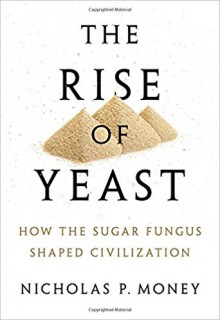"For a long time it was believed that Saccharomyces was a sort of house trained pet, the microbial equivalent of the domestic cat. Different strains of wine and beer yeasts are like cat breeds, but microbiologists had no idea where they had come from until they began using molecular methods to search for strains of fungus in the wild.
The presence of feral yeasts close to domestic vinyards was no surprise, given that it is a microorganism that escaped from wine presses all the time, but, as the search continued, wild strains of Saccharomyces were found on oak trees - on their bark, leaves, acorns, and in the surrounding soil. Yeast showed up in forests far from vineyards. These strains had never been domesticated, and had never feasted in a wine barrel or a beer vat."

Nicholas P. Money in The Rise of Yeast: How the Sugar Fungus Shaped Civilization (2018)

 Log in with Facebook
Log in with Facebook 






